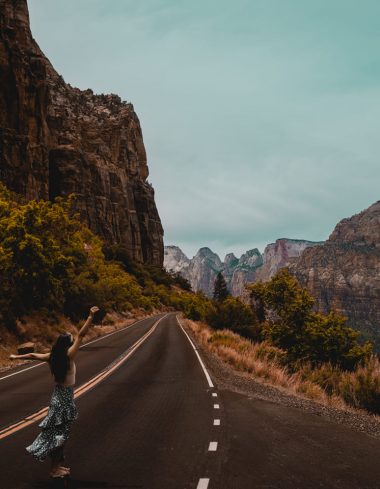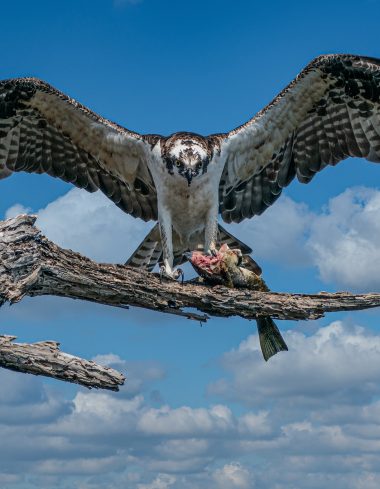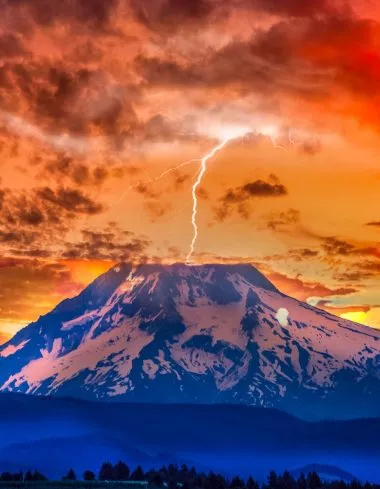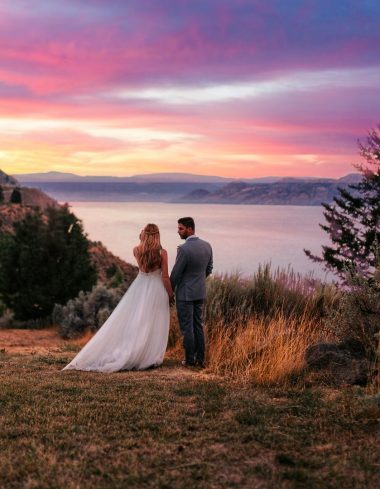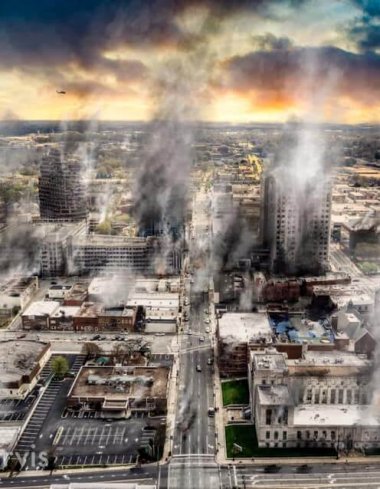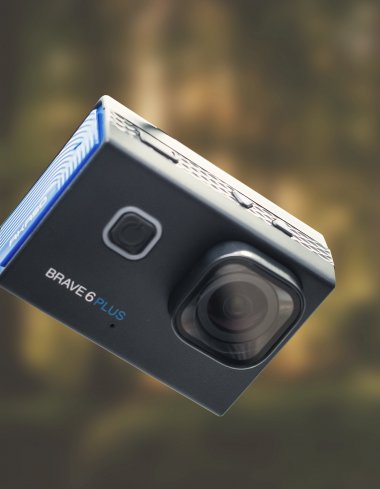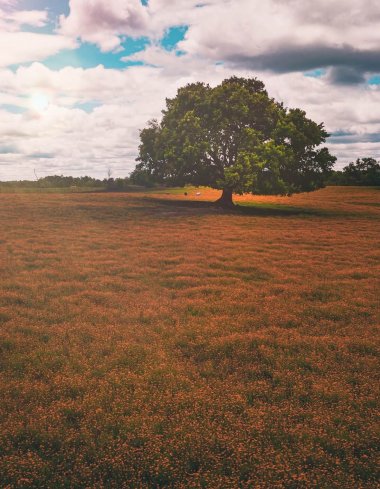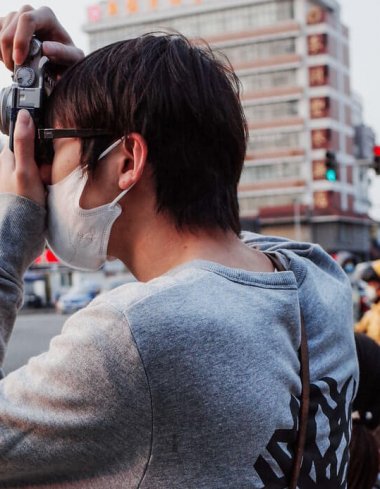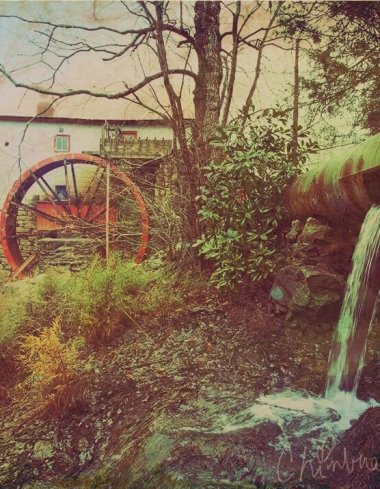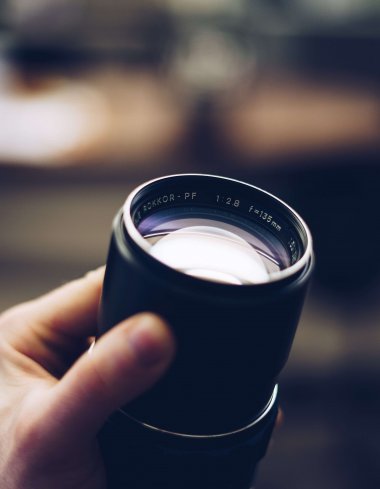Hey ev
eryone! This is Jordan from Sleeklens.com, welcome to this week’s episode of the Sleeklens Photography Podcast. This one is going to be all about you guys. So I have five questions that came in over the past couple weeks that are pretty important questions. I feel there’s a lot more that I’ll eventually get to, but I wanted to go and get one of these photography questions podcasts out there because I haven’t done one of these in a while.
So, let’s start helping you guys out, these are interesting questions that you guys have submitted. Before answering any of these questions: If you have any questions that you might have that you want featured on the podcasts going to email them to [email protected], and I’ll get your email and I’ll make sure that it hits the podcast whenever we record. Alright, without any further delay I’m going to into the first question!
Question #1 – Do you have any tips when it comes to Milky Way Photography?
The first question is from Tom Dalton. Tom wrote “I have been wanting to start taking Milky Way photography. Do you have any tips?” Yeah when it comes to Milky Way photography there’s one misconception out there that a lot of people seem to have, and that is a lot of these Milky Way photos that have these really beautiful Milky Way in the background, and these really awesomely lit foreground of foreign elements – a lot of those are actually composites. A lot of those are not all in one image.
Surely you might have some folks that are better prepared to go out there and have these really high-power flashlights, LED flashlights to paint the foreground and spend hours doing that. Obviously, a good technique to use, but whenever you see these really cool Milky Way images, they seem to have these really bright foregrounds, and usually those are composited. And so, you may take a composite; you might take a photo of the foreground there, and you might go ahead and light up the foreground with the flash light, which is you know, what you want to do to make sure your images completely expose properly, but then also refocus your camera without moving it and focus it basically to infinity. The lens to infinity, if you’re not sure about what I’m talking about, I’ll try to talk about that in just second. When you focus into infinity, basically you’re focusing on the Milky Way and then take another shot of those two, and you kinda put them together in Photoshop.
The reason you kind of want to do that is because, let’s say for a lot of these Milky Way shots you really want a very wide open aperture – a very, very low aperture number, we talked about last podcasts around 2.8 or so – and you really need a wide-angle lens for those to try to capture as much light as possible. So, if you were to focus on something in your foreground it at an aperture of 2.8 you are going to have a very, very, very sharp foreground, but whatever’s in the background is going be fairly blown out and out of focus. That’s when a lot of this focus stacking comes into play. That’s why you would need to refocus your image when you want to focus on the Milky Way.
So, some really quick tips would be to make sure you have some sort of lighting source that you can kind of light up the foreground; and also, if you’re not familiar with Photoshop, definitely start playing with the compositing. The compositing tools in Photoshop – layer mask, stuff like that – painting in different aspects of a photo that’s one definite thing that I would definitely start playing with. If you’re experienced in Photoshop this should be fairly easy, but the spores like settings don’t really just going out there and playing with the settings, playing with your shutter speed, making sure your ISO was fairly low, you probably can have somewhere upwards of 1600 or something around there which will might give you a little bit of noise but, you know playing with the settings there; stripping with the longer shutter speeds that may be up to 30 seconds or so, and maybe play with a minute – and if you get to a minute you might see that you catch the Earth spinning, and you start seeing your stars have little trails on, so you might need to lower your shutter speeds and get tack-sharp star.
Start playing with the settings. I would suggest starting playing but basically have some form of lighting source. A sturdy tripod and definitely start learning Photoshop.
Thank you, Tom, for that question, I hope the answers give some starting place when it comes to getting Milky Way photos.



